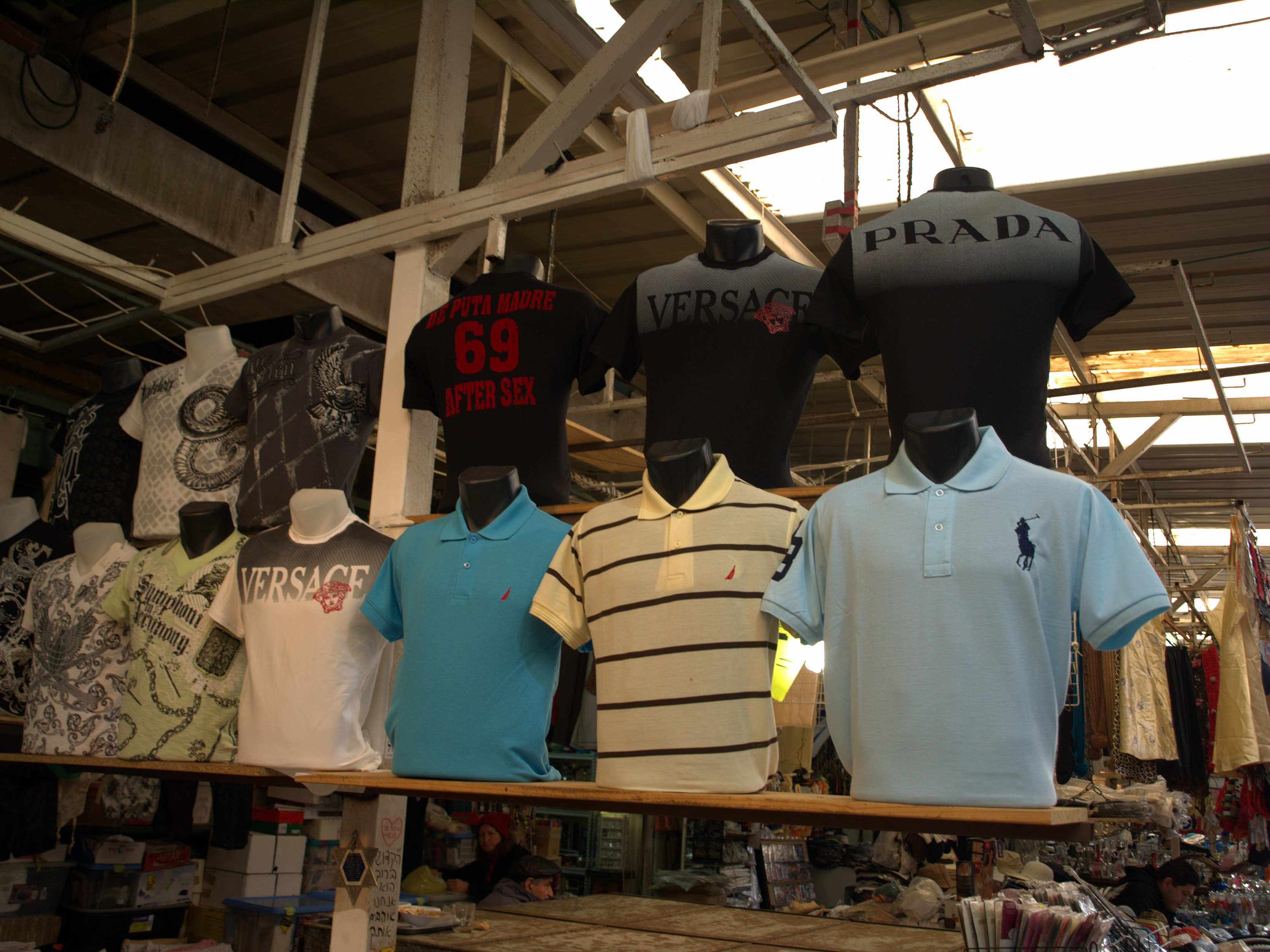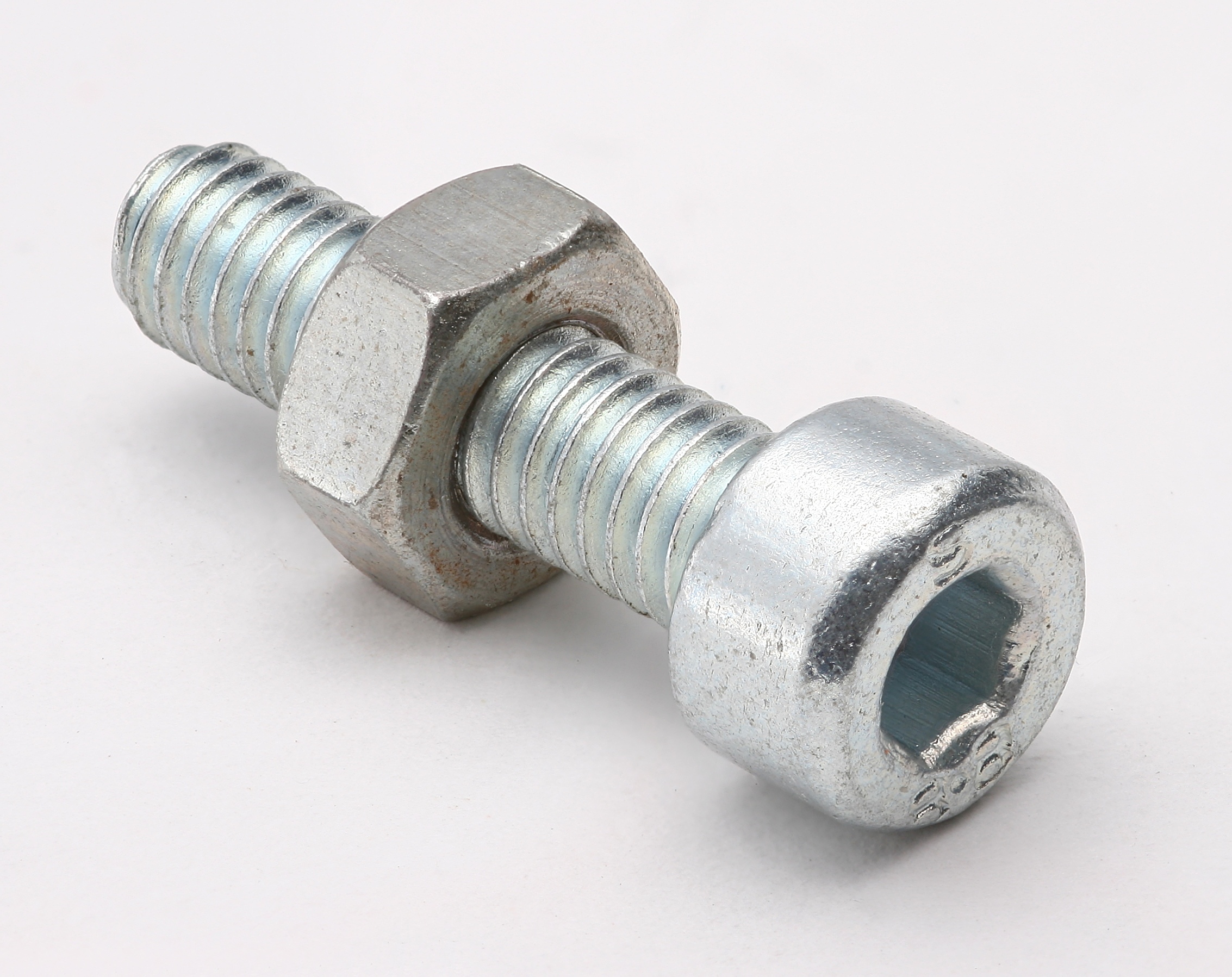|
Dumbbell
The dumbbell, a type of free weight, is a piece of equipment used in weight training. It is usually used individually and/or in pairs, with one in each hand. History The forerunner of the dumbbell, halteres, were used in ancient Greece as lifting weights and also as weights for the ancient Greek version of the long jump. A kind of dumbbell was also used in India for more than a millennium, shaped like a club – so it was named Indian club. The design of the "Meel", as the club was referred to, can be seen as a halfway point between a barbell and a dumbbell. It was generally used in pairs, in workouts by wrestlers, bodybuilders, sports players, and others wishing to increase strength and muscle size. Etymology The term "dumbbell" or "dumb bell" or "dumb-bell" originated in late Stuart England. In 1711 the poet Joseph Addison mentioned exercising with a "dumb bell" in an essay published in ''The Spectator''. Although Addison elsewhere in the same publication describes havin ... [...More Info...] [...Related Items...] OR: [Wikipedia] [Google] [Baidu] |
Thomas Inch
Thomas Inch (27 December 1881 – 12 December 1963) was a British Strongman, who held the titles of Britain's Strongest Youth, Britain's Strong Man and the originator of the Thomas Inch dumbbell challenge. Early life Inch was born on 27 December 1881 in Scarborough, a seaside town on the North Yorkshire coast in the U.K. He became interested in bodybuilding and strength as a young boy, bodybuilding through manual labour. Lifting career In 1902, aged 20, Inch was declared by a major 'Strongman' publication as the "World's Strongest Youth," enhancing his notoriety. His inspirations included Eugen Sandow, having seen the German ripping a pack of cards in half and throwing the split deck into the audience. Inch was said to have caught one half of the pack, proceeded to split that in half in the audience, and throw it back at Sandow. Unlike many professional Strongmen of his day, Inch focused on standard lifts with barbells and dumbbells and left the hoisting of wooden ... [...More Info...] [...Related Items...] OR: [Wikipedia] [Google] [Baidu] |
Halteres (ancient Greece)
Halteres (; , from "ἅλλομαι" - ''hallomai'', "leap, spring"; cf. "ἅλμα" - ''halma'', "leaping") were a type of kettlebells used in ancient Greece. In ancient Greek sports, halteres were used as lifting weights,Norman Gardiner, ''Athletics in the Ancient World'', Dover, 2002, oGoogle books/ref> and also as weights in their version of the long jump. Halteres were held in both hands to allow an athlete to jump a greater distance; they may have been dropped after the first or second jump. The athlete would swing the weights backwards and forwards just before take-off, thrust them forwards during take-off, and swing them backwards just before releasing them and landing. Halteres were made of stone or metal and weighed between . They added about to a long jump. History Recognized as the Greek equivalent of modern-day kettlebells, the halteres served multiple uses from training to competition. Ancient Greek records show evidence of the halteres dating to as far back ... [...More Info...] [...Related Items...] OR: [Wikipedia] [Google] [Baidu] |
Weight Plate
A weight plate is a flat, heavy object, usually made of cast iron, that is used in combination with barbells or dumbbells to produce a bar with a desired total weight for the purpose of physical exercise. Two general categories exist: "standard" plates, which have a center hole of approximately 25 mm (one inch), and "Olympic" plates, meant to fit on the 50 mm (two inches) sleeves of Olympic weightlifting#Barbell, Olympic barbells. Standard plates are usually paired with adjustable dumbbells and Olympic plates with full-size barbells, although standard barbells and Olympic dumbbells exist. Weight plates may incorporate holes for ease of carrying (called "grip plates") or be solid discs (especially those used for competition). Non-competition plates often have variable diameters and widths, such as on the adjustable dumbbells pictured right, with heavier plates generally being larger in diameter, thickness, or both. Weight plates are typically round, although 12-sided a ... [...More Info...] [...Related Items...] OR: [Wikipedia] [Google] [Baidu] |
Barbell
A barbell is a piece of exercise equipment used in weight training, bodybuilding, Olympic weightlifting, weightlifting, powerlifting and strongman, consisting of a long bar, usually with weights attached at each end. Barbells range in length from to above , although bars longer than are used primarily by powerlifters and are not commonplace. The central portion of the bar varies in diameter from 25 millimetres (0.98 in) to 50 millimetres (1.96 in) (e.g., Apollon's Axle), and is often engraved with a knurling, knurled Hatching, crosshatch pattern to help lifters maintain a solid grip. Weight plates slide onto the outer portions of the bar to increase or decrease the desired total weight. Collars are used to prevent plates from moving outward unevenly so that the lifter does not experience uneven force. The barbell is the longer version of the dumbbell that is used for free weight training and competitive sports, such as powerlifting, Olympic weight lifting, and Cro ... [...More Info...] [...Related Items...] OR: [Wikipedia] [Google] [Baidu] |
Weight Training
Strength training, also known as weight training or resistance training, is exercise designed to improve physical strength. It is often associated with the lifting of weights. It can also incorporate techniques such as bodyweight exercises (e.g., push-ups, pull-ups, and squats), isometrics (holding a position under tension, like planks), and plyometrics (explosive movements like jump squats and box jumps). Training works by progressively increasing the force output of the muscles and uses a variety of exercises and types of equipment. Strength training is primarily an anaerobic activity, although circuit training also is a form of aerobic exercise. Strength training can increase muscle, tendon, and ligament strength as well as bone density, metabolism, and the lactate threshold; improve joint and cardiac function; and reduce the risk of injury in athletes and the elderly. For many sports and physical activities, strength training is central or is used as part of their ... [...More Info...] [...Related Items...] OR: [Wikipedia] [Google] [Baidu] |
Halteres From Ancient Greece
''Halteres'' (; singular ''halter'' or ''haltere'') (from , hand-held weights to give an impetus in leaping) are a pair of small club-shaped organs on the body of two orders of flying insects that provide information about body rotations during flight. Insects of the large order Diptera (flies) have halteres which evolved from a pair of ancestral hindwings, while males of the much smaller order Strepsiptera (stylops)Merriam-Webster: stylops broadly: an insect of the order Strepsiptera/ref> have halteres which evolved from a pair of ancestral forewings. Halteres oscillate rapidly along with the wings and operate like vibrating structure gyroscopes: any rotation of the plane of oscillation causes a force on the vibrating halteres by the Coriolis effect. The insect detects this force with sensory organs called campaniform sensilla and chordotonal organs located at the base of the halteres and uses this information to interpret and correct its position in space. Halteres provi ... [...More Info...] [...Related Items...] OR: [Wikipedia] [Google] [Baidu] |
Counterfeit Weights
A counterfeit is a fake or unauthorized replica of a genuine product, such as money, documents, designer items, or other valuable goods. Counterfeiting generally involves creating an imitation of a genuine item that closely resembles the original to deceive others into believing it is authentic. Counterfeit products are often made to take advantage of the higher value of the original product, typically using lower-quality materials or production methods. Counterfeit food, drinks, medicines, and personal care products can contain harmful or inactive ingredients, causing anything from mild issues to serious, life-threatening ones. Counterfeit footwear, clothing, and accessories have been found to contain high levels of lead, arsenic, and phthalates. Forgery of money or government bonds Counterfeit money is currency that is produced without the legal sanction of the state or government; this is a crime in all jurisdictions of the world. The United States Secret Service, mostly k ... [...More Info...] [...Related Items...] OR: [Wikipedia] [Google] [Baidu] |
Nut (hardware)
A nut is a type of fastener with a screw thread, threaded hole. Nuts are almost always used in conjunction with a mating bolt (fastener), bolt to fasten multiple parts together. The two partners are kept together by a combination of their threads' friction with slight deformation (engineering)#Elastic deformation, elastic deformation, a slight Tension (physics), stretching of the bolt, and compression (physics), compression of the parts to be held together. In applications where vibration or rotation may work a nut loose, various locking mechanisms may be employed: lock washers, jam nuts, eccentric double nuts, specialist adhesive thread-locking fluid such as Loctite, safety pins (split pins) or lockwire in conjunction with castellated nuts, nylon inserts (nyloc nut), or slightly oval-shaped threads. Square nuts, as well as bolt heads, were the first shape made and used to be the most common largely because they were much easier to manufacture, especially by hand. While rare toda ... [...More Info...] [...Related Items...] OR: [Wikipedia] [Google] [Baidu] |
Knurling
Knurling is a manufacturing process, typically conducted on a lathe, whereby a pattern of straight, angled or crossed lines is rolled into the material. Knurling can also refer to material that has a knurled pattern. Etymology The terms ''knurl'' and ''knurled'' are from an earlier ''knur'' ‘knot in wood’ and the diminutive ''-le'', from Middle English ''knaur'' or ''knarre'' ‘knot in wood; twisted rock; crag’. This descends from Old English ''cnearra'' but the vowel in Middle English may have been influenced by Old Norse ''knǫrr'' ‘merchant ship’ which was known as ''cnearr'' in Old English. The modern ''gnarl'' is a back-formation of ''gnarled'' which itself is first attested in Shakespeare's works and is apparently a variant of ''knurled''. Uses Knurling produces indentations on a part of a workpiece, allowing hands or fingers to get a better grip on the knurled object than would be provided by the original smooth surface. Occasionally, the knurled pattern ... [...More Info...] [...Related Items...] OR: [Wikipedia] [Google] [Baidu] |
Pattern
A pattern is a regularity in the world, in human-made design, or in abstract ideas. As such, the elements of a pattern repeat in a predictable manner. A geometric pattern is a kind of pattern formed of geometric shapes and typically repeated like a wallpaper design. Any of the senses may directly observe patterns. Conversely, abstract patterns in science, mathematics, or language may be observable only by analysis. Direct observation in practice means seeing visual patterns, which are widespread in nature and in art. Visual patterns in nature are often chaotic, rarely exactly repeating, and often involve fractals. Natural patterns include spirals, meanders, waves, foams, tilings, cracks, and those created by symmetries of rotation and reflection. Patterns have an underlying mathematical structure; indeed, mathematics can be seen as the search for regularities, and the output of any function is a mathematical pattern. Similarly in the sciences, theories explain and pred ... [...More Info...] [...Related Items...] OR: [Wikipedia] [Google] [Baidu] |
Concrete
Concrete is a composite material composed of aggregate bound together with a fluid cement that cures to a solid over time. It is the second-most-used substance (after water), the most–widely used building material, and the most-manufactured material in the world. When aggregate is mixed with dry Portland cement and water, the mixture forms a fluid slurry that can be poured and molded into shape. The cement reacts with the water through a process called hydration, which hardens it after several hours to form a solid matrix that binds the materials together into a durable stone-like material with various uses. This time allows concrete to not only be cast in forms, but also to have a variety of tooled processes performed. The hydration process is exothermic, which means that ambient temperature plays a significant role in how long it takes concrete to set. Often, additives (such as pozzolans or superplasticizers) are included in the mixture to improve the physical prop ... [...More Info...] [...Related Items...] OR: [Wikipedia] [Google] [Baidu] |








